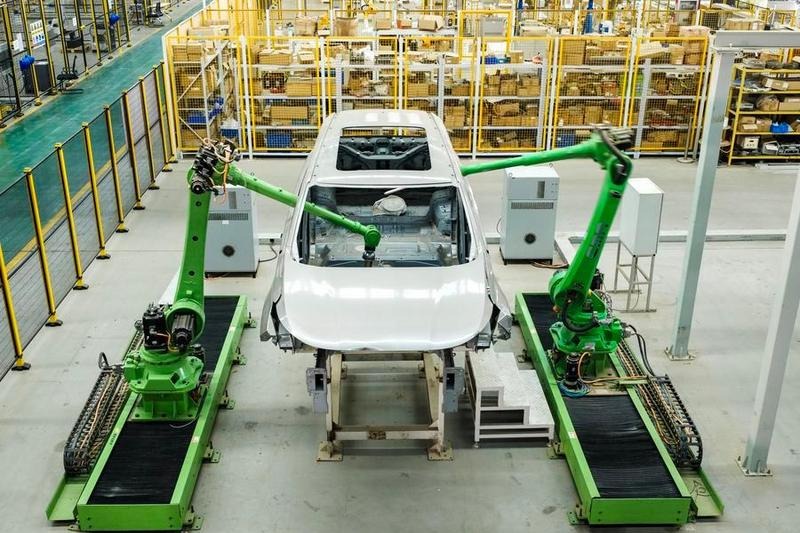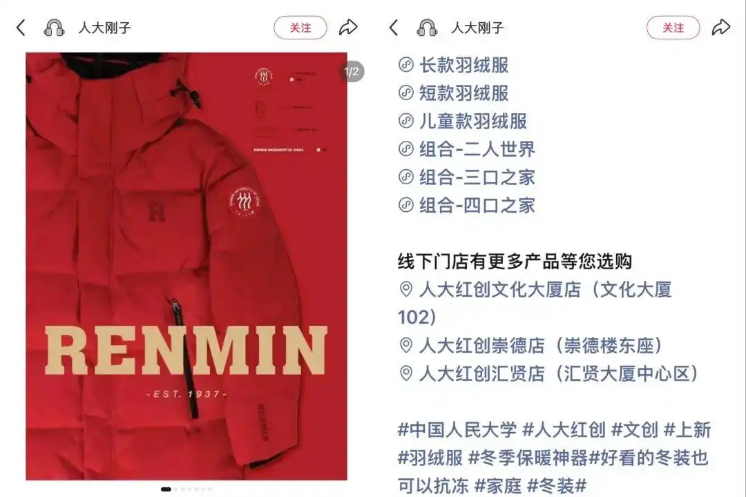IT giant taps into talent pool in the UK

Huawei, China's leading information and communications provider, has cemented its position as a leading player in Europe by tapping into world-class universities in the United Kingdom.
Britain offers an affluent market, easy transportation, a quality workforce and a reliable legal environment, but what sets it apart is the density of world-class universities that have been leading the way in innovation for decades, if not centuries.
Huawei has invested close to - 10 million ($12.2 million; 11.1 million euros) in academic research in the UK, and the funds flow to research projects ranging from advanced graphene applications and high-speed broadband to data science, 3D audio and interactive multimedia technology.
"When it comes to research and development, companies naturally focus more on the 'D' side, and that's why collaborating with universities can strengthen fundamental research and bridge the gap," says Deng Ziliang, associate professor of business at Renmin University of China's School of Business, citing Huawei as a powerful example.
The big investment the telecom giant committed to local universities is part of the $2 billion it has pledged to invest in the UK by 2017.
"Now, with more than 20 collaboration projects with universities across the country, we are confident we will exceed our commitment," Huawei spokesman Edward Brewster tells China Daily.
"We first got in touch with Huawei via Nobel laureate Kostya Novoselov," recalls James Baker, business director for the National Graphene Institute at the University of Manchester. Two of its professors were awarded the prize in physics in 2010 for their groundbreaking isolation of graphene.
Graphene is a thin layer of pure carbon, tougher than a diamond, yet lightweight and flexible. It allows electrons to flow up to 100 times faster than in silicon, and is therefore seen as a "wonder material" that can eventually replace it.
Huawei signed an initial two-year commitment to a research project at the University of Manchester last October to explore graphene's applications in consumer electronics.
"The project is running well in bringing together academic research and market demand," Baker says, adding that Huawei's R&D team is working closely with the 250 researchers on campus through regular progress-sharing sessions. The jointly built 5G Innovation Center, or 5GIC, at the University of Surrey was another high-profile deal Huawei signed in September last year.
"The 5GIC uses state-of-the-art Huawei equipment to provide an advanced 4G architecture which is gradually being developed on-site toward a full 5G standard," says Keith Robson, chief operating officer of the center.
He adds that research on 5G applications, including testing of autonomous vehicle technologies and other nodes in the "internet of things" are also continuing. "Huawei has been a major contributor to several important areas during this time."
Imperial College of London was expected to unveil a data analysis system for precision healthcare backed by Huawei's enterprise computing servers, according to Yike Guo, director of the university's Data Science Institute.
Guo says what made Huawei stand out is that it wasn't keen on sharing immediate returns.
"Huawei won't fund any ordinary university, and neither is it any ordinary company," Guo says.
The University of Oxford and Huawei are "natural partners", as Nick Rawlines, pro-vice-chancellor for development and external affairs, sees it, drawing a comparison between "the company's innovative business structure and Oxford's bottom-up management approach".
Huawei is working with the university to study early-stage technologies and computational vision, as well as on robotics research.
"Oxford is in constant contact with Huawei. We are both technologically minded, and are bound to do more together," says the scholar, gesturing to a photo taken at the company's headquarters in Shenzhen placed at his desk.
"What I value most about Huawei is its long-term vision for solving problems of the future," says Johannes Benedikt, a professor at University of Cardiff, after working on a yearlong joint research program on high-speed broadband.
"As Chinese firms move beyond buying and manufacturing globally, internationalization on the R&D side is the next crucial step," says Deng of Renmin University of China.
However, Li Qi, associate professor of applied economics at Peking University, voiced concerns that it would be difficult for smaller firms to replicate Huawei's strategy.
"Capital would be a major difficulty," Li says. "In 2015, Huawei's R&D expense surpassed Cisco by $3 billion. That's a luxury smaller players can't afford."
daitian@chinadaily.com.cn
Fact box
Huawei's partner universities
University of Surrey 5G technology
University of Manchester Graphene applications
Cardiff University High-speed broadband
University of Reading Huawei's Authorized Information Network Academy program
Imperial College London Data science applications
University of Southampton 3D and interactive audio
University of Cambridge Advanced photonics and electronics (interaction for a user-centric immersive experience)
University of Oxford Applications of early-stage technologies, computational vision and robotics
(China Daily Africa Weekly 11/04/2016 page6)
Today's Top News
- UN envoy calls on Japan to retract Taiwan comments
- Innovation to give edge in frontier sectors
- Sanctions on Japan's former senior official announced
- Xi stresses importance of raising minors' moral standards
- Coordinated reform key to country's growth
- Shandong gives new life to traditions





























